As gravel continues to gain speed, the question remains. Isn’t it just the same as road riding? But from core values to bike setup and the all-important ride experience, they’re two markedly different disciplines.
Road riding and gravel have some naturally overlapping factors – like the prevalence of 700c wheels, drop bars, and the euphoria of a good ride – but they’re different formats, bringing their own challenges, cast of characters, attitudes and quirks.
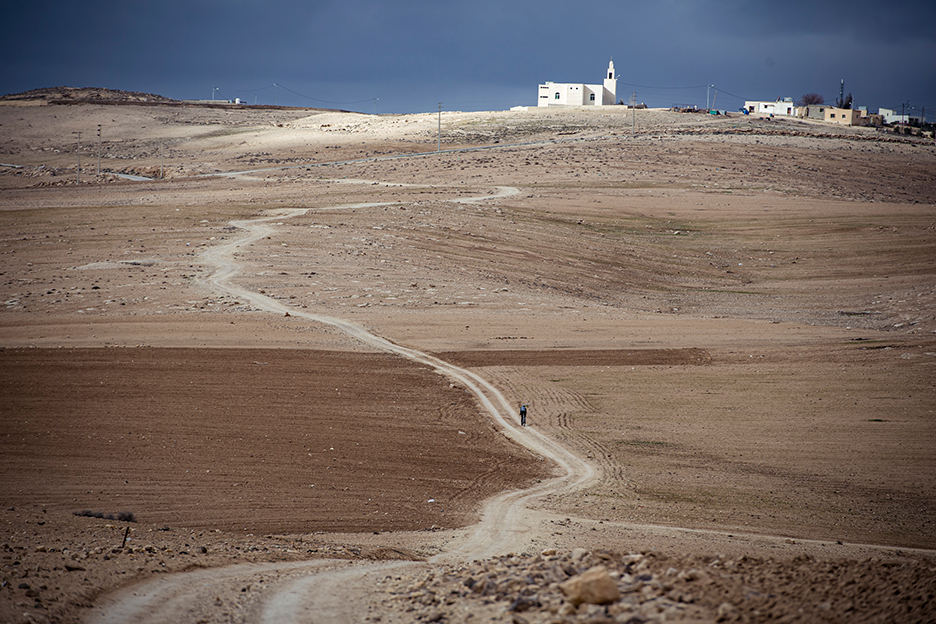
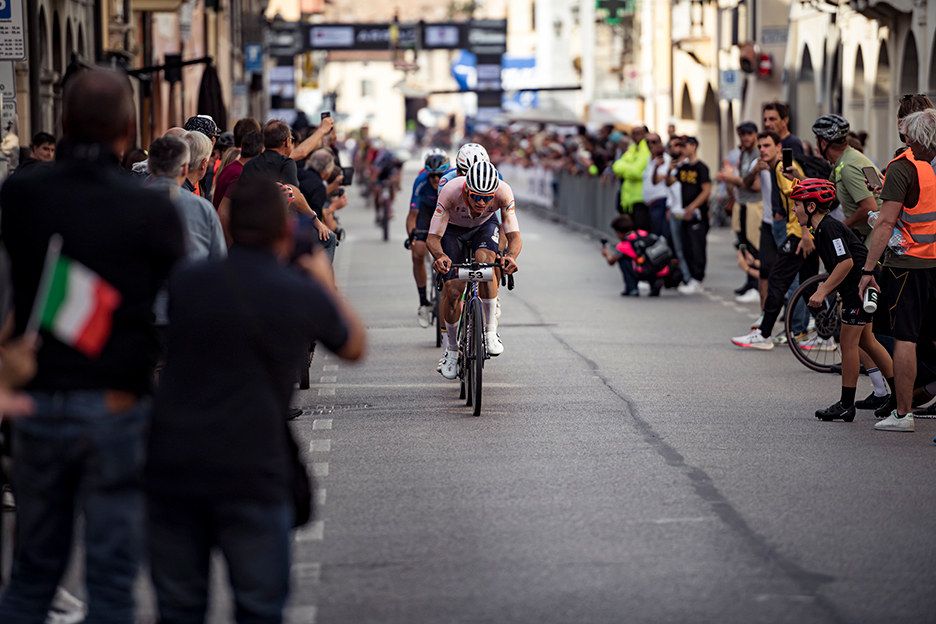
The ride
The distinct technical element within gravel changes the dynamic of pack riding, diminishing the effect of drag as riders find themselves riding solo more often than not, when compared to road riding. The terrain – unpredictable, weather-dependent, and not always easy to read – generates an overall lower average speed.
At times charging, other times crawling. Slipstreams still count at times, but line choice and a clear view of the route ahead of you can be more important, making it less of a pack sport and more of a solo effort. Think of it like mountain biking, where taking a corner first can mean the difference between staying upright or not.
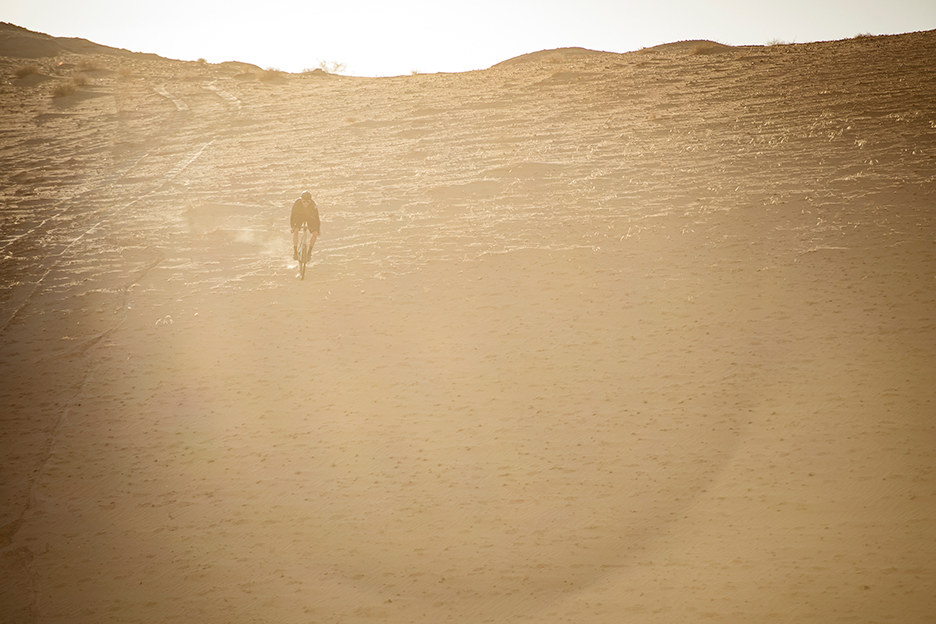
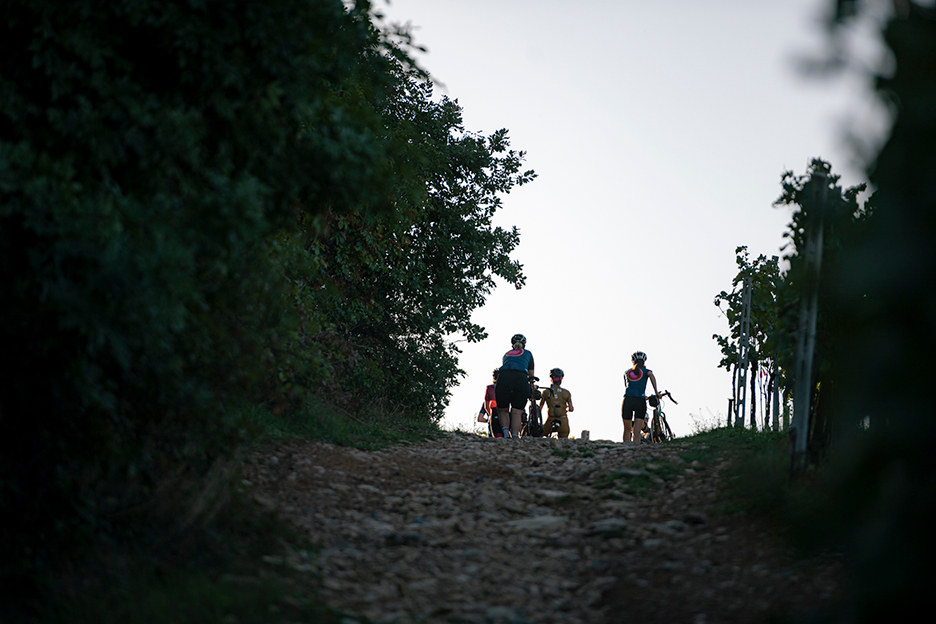
The bike setup
As a rule of thumb, gravel bikes have wider clearance for bigger, grippier tires. They also have a higher bottom bracket for improved clearance of obstacles and a more cross-country MTB-style geometry, meaning a longer reach that is offset with a shorter stem to increase stability when riding on the rough stuff.
There is also a key difference when it comes to gearing. With the current crop of committed gravel riders favoring a 1x or 2x setup at the front, with significantly wider ratios and a lower bottom gear at the back, giving more capability on steeper climbs and muddier terrain.
Di2 is a catch-all solution for road and gravel riders alike, although those going on multi-day gravel endeavors prefer to keep things analogue for ease of maintenance when riding truly off the beaten track.
The number of extra mounts on a gravel bike is also something that might raise eyebrows amongst discerning road riders – what use is a dynamo hub, or fork bag mounts, if you’re going for that all-important Strava PR?
However – much like the limited calendar for all-out gravel races when compared to more adventure-style gravel races – purely race-focused gravel bikes remain a niche segment within a growing discipline.
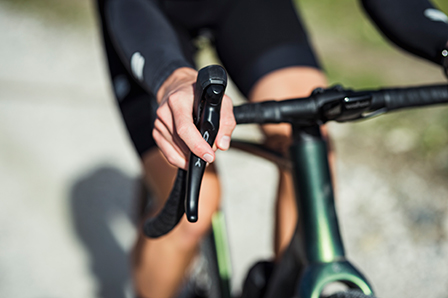


The cast
Some gravel racers wear Lycra. Some stow bananas in the pockets of their cargo shorts. Some strap a tin mug onto their bike bags. It all goes.
There’s a theory that gravel is the most welcoming and wholesome discipline in all of cycling. This is markedly different to road riding, which has adopted wholeheartedly second-skin apparel. With drag being the biggest form of resistance in road riding (gravity ranks highly too, if you’re riding in the hills), good aerodynamics mean free speed, something at the center of road riding culture.
Where gravel sits between road and mountain bike, it is attracting some of the biggest names in cycling. This means you can expect to see a few familiar characters at the bigger races, but they’re not necessarily going to be at the front.
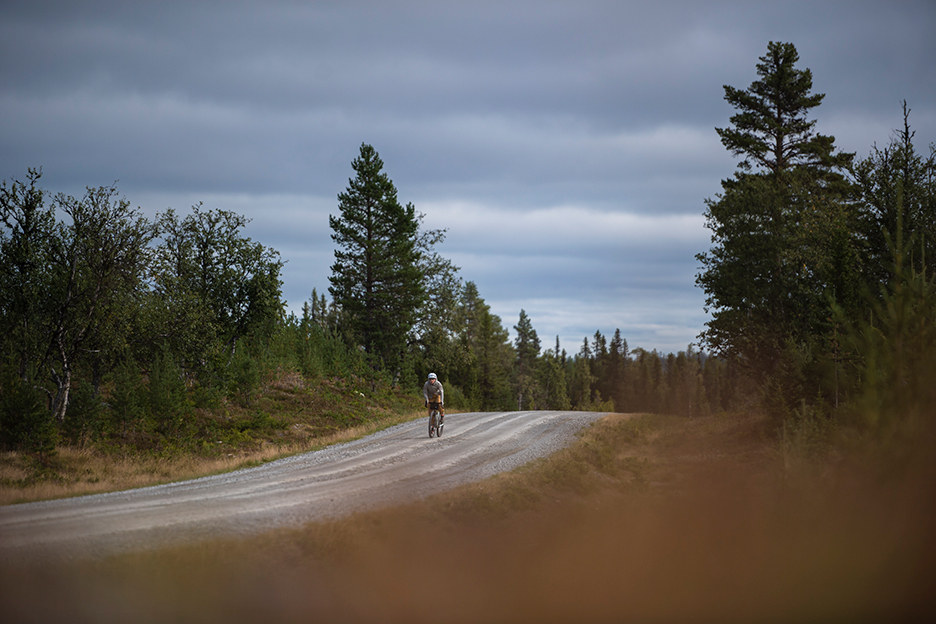
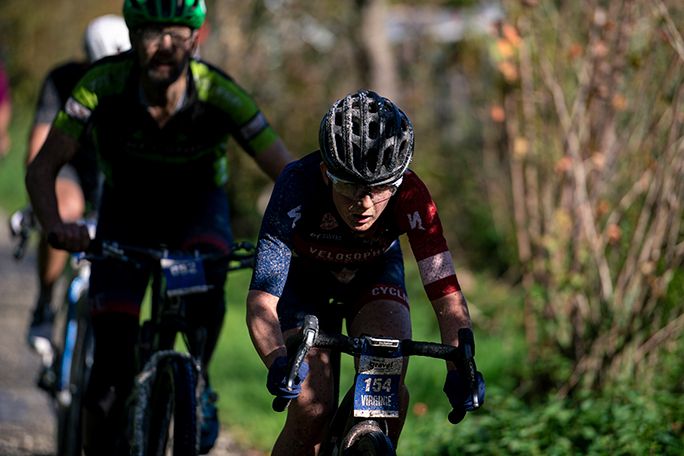


The core values
While it would be grossly obnoxious to reduce road riding down to a discipline where performance and speed are everything. It is fair to say that gravel is more chilled and community-focused than its slick-tired, asphalt-constrained, older sibling. Sure, you can adventure on a road bike — but only until the end of the tarmac.
Given the wider (almost limitless) potential for routes and the closer connection to nature, adventure often outdoes aspiration within gravel. It’s a widely held belief that party-pace – as in riding slower to enjoy where you are rather than focusing on just the destination – is the most fulfilling way to experience gravel.
(However, it is yet to be scientifically proven so the jury is still out.)

The spectrum
Rather than seeing gravel as a specific discipline, think of it as a spectrum.
You have a heightened focus on performance, speed and tactics at one end (think UCI Gravel World Championships, one-day races, and even the iconic 200-mile Unbound Gravel to an extent); and an almost MTB-style approach at the other end, where a more rugged and capable bike setup reflects the terrain and cries out for adventure.
The flare of your handlebars, the width of your tires, your choice of tread and gearing will loosely position you somewhere on this invisible spectrum. But it’s a space in continual flux that’s largely absent of strict entry criteria and totally open to new experiences.
Gravel is the polymath of the cycling world – a multi-hyphenate bikepacking-friendly, touring-style, all-terrain, do-it-all discipline that straddles the world of road and off-road riding. As a young discipline, we’re still free to set convention and drive the future of the sport.
At this stage, it’s not easy to draw conclusions about gravel. But one thing is for sure, road riding is no longer the sole superpower in cycling.
About Phil Gale:
Phil Gale is a journalist and photographer based in Northern Italy.





